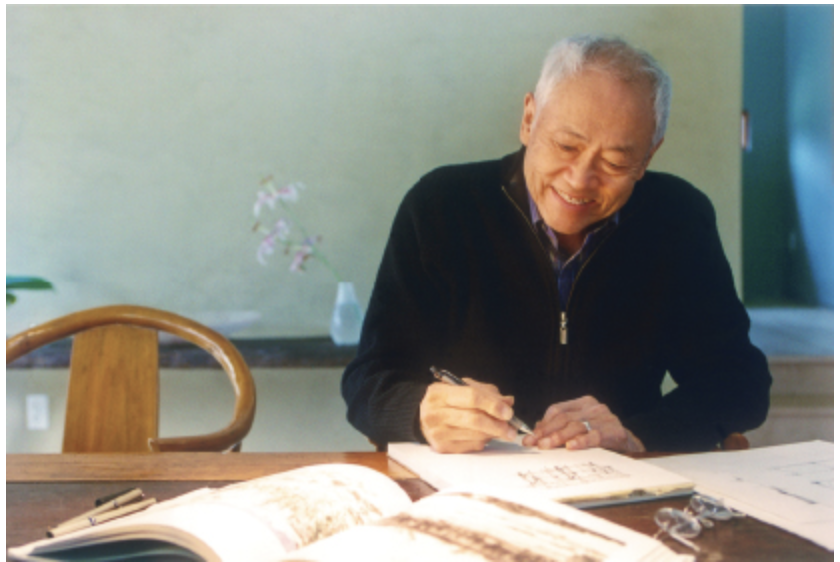Gyo Obata (1923 – 2022)

I first met Gyo Obata many years ago as the newly-hired research librarian for HOK’s headquarters in St. Louis. Realizing that everyone called him by his first name helped me learn that I needn’t be intimidated by him. He was, in fact, why the office had a library. It’s largely thanks to Gyo that HOK’s library and research services were able to expand as they did.
Gyo was soft-spoken and observant. He was always courteous towards me and appreciated my work. He was definitely a book person. His office was a magnet for books. They were on shelves, stacked on tables, on the floor, in use on his desk. He believed, passionately, that an in-house library was an essential resource not only for him but for the entire office.
Often his requests would start with “I want to know everything about” whatever it was – a company, a building type, a style of architecture, a place, a time period. I’d set out stacks of books with pages tagged. He’d come into the library, go through all of them and set aside what he wanted to use. The internet changed the equation a bit but books remained part of his process.
I learned much about books on design from him. Some of his go-to books were classics like The Glass House by John Hix, Kidder Smith’s Italy Builds, Tanizaki’s In Praise of Shadows and also books on natural forms – Ernst Haeckel, sea shells, patterns in nature.
It’s not surprising that both of Gyo’s parents were artists. His mother, Haruko Obata, was renowned in the art of Japanese flower arranging, Ikebana. A post from a blog on U.S. Japanese Gardens mentions that “As early as the 1915 exposition in San Francisco, [Haruko Obata’s] work was important enough to warrant an entire room for display.” She’s included in the book Gifts of Age: Portraits and Essays of 32 Remarkable Women.
Gyo’s father, Chiura Obata, was a painter and professor of art at the University of California Berkeley. The Smithsonian American Art Museum describes him as “one of the most significant Japanese American artists working on the West Coast in the last century.” See more about Chiura Obata here on his Yosemite work with its deep appreciation of nature, and here on his work while the family was interred during World War II. Gyo narrowly escaped joining his family in the camps by being accepted into the architecture program at Washington University in St Louis.
My thanks to you, Gyo. My condolences to the Obata family.
Go here to read more about Gyo Obata.
